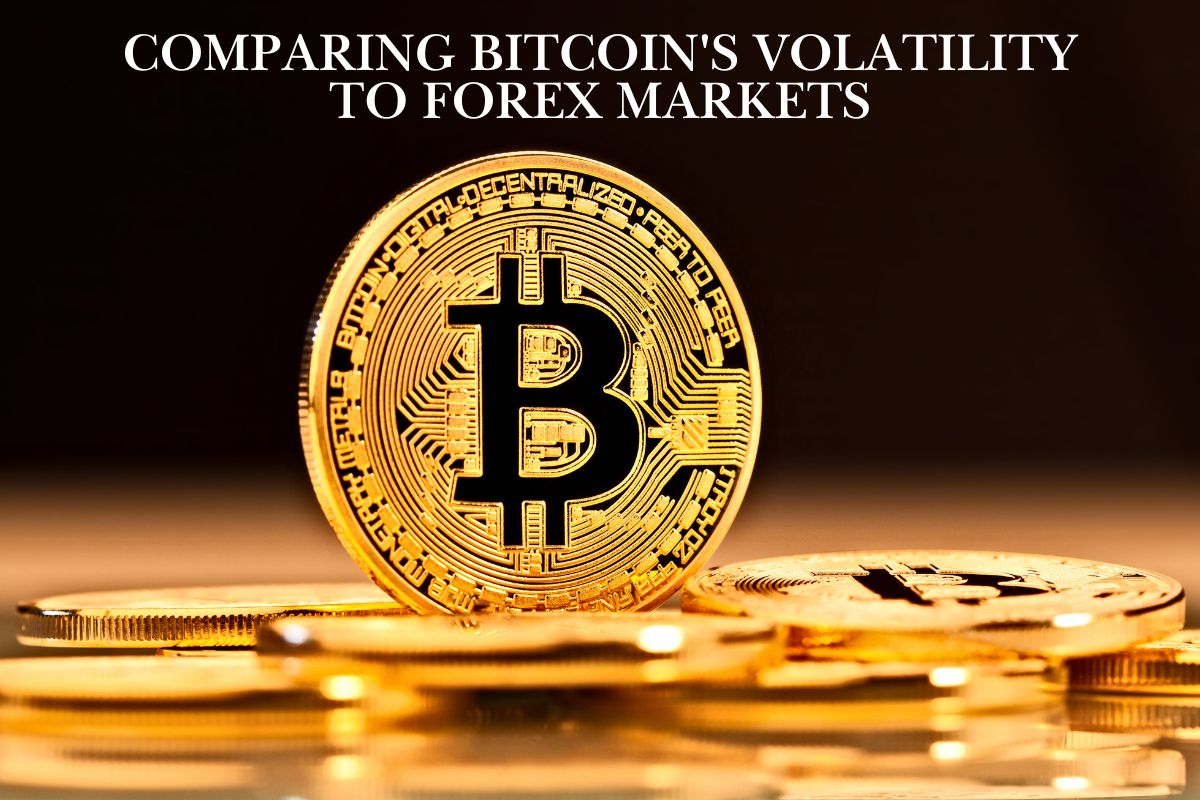Volatility is the mix of both and a good thing in the financial market, as it brings out opportunities and risks together. Bitcoin and forex markets are known for their volatility and dependencies on various market factors. The factors that move both markets are a bit different, and we will explore them further.
Nature of Both Markets
Bitcoin
Let us talk about bitcoins first. Bitcoin is a cryptocurrency that is traded through digital exchanges. There are many market factors affecting the price movement of cryptocurrencies, and they are:
- Regulatory news
- Market sentiments
- Macroeconomic factors
Bitcoin is a relatively nascent asset class, so its price tends to change more based on speculation or guesses about its future value.
Forex
The forex market is a global market in which currencies are traded. It has an established infrastructure with immense liquidity and high volatility that is primarily driven by macroeconomic factors.
Major currency pairs like EUR/USD are less volatile due to their liquidity and backing by stable economies.
Did you know? In terms of market volatility, some emerging currency pairs can exhibit higher volatility than Bitcoin.
Volatility Levels
Bitcoin
The market volatility exceeds 5-10% a day. The volatility rate can shoot up due to events like regulatory crackdowns and institutional endorsements and can raise price swings by more than 20%.
Historical spikes of 2017 and 2021 reflect their speculative nature.
Forex
Traders consider the forex market to be volatile but not like cryptocurrency markets. The major currency pairs’ volatility rate ranges from 0.5% to 1%.
The Forex market depends on sensitive global news. Things like Brexit or some central bank decisions can cause sharp price movements.
Trading Hours
Bitcoin
Trading Time: 24/7, with no downtime.
The cryptocurrency market is open all the time. Many experts believe that volatility can increase over the weekend as traditional financial markets remain closed.
Forex
Trading Time: 24/5.
The forex market operates for 24 hours during the working day. It is a decentralized market, and its work aligns with global financial centers’ hours.
The forex market does not operate on weekends. It leads to potential gaps in Monday’s opening.
Note: If any global news breaks out during the weekend, the forex market can have a gap-up or gap-down opening.
Market Size and Liquidity
Bitcoin
For cryptocurrencies, the market cap is smaller than the forex exchange. We can say that Bitcoin’s price is more susceptible to large orders or “whale activity.”
Note: Slippage is possible during high-volatility periods as liquidity across exchanges varies.
Forex
You might be amazed to know that traders exchange over $7 trillion daily in the forex market, making it the world’s biggest financial market.
Effect of high liquidity: It ensures stable pricing, especially for major currencies. It also reduces the impact of individual transactions on the market.
Conclusion
In the end, we can conclude that the Bitcoin market is more volatile than the forex market. Market size plays a huge role in this, and some other factors can be speculative in nature and the regulatory landscape. The forex market offers stability compared to the bitcoin market, especially for major currency pairs. Both the forex and cryptocurrency markets present various opportunities to traders with their challenges. Traders who are looking to generate a stable market through any of the markets have to navigate through these challenges.



